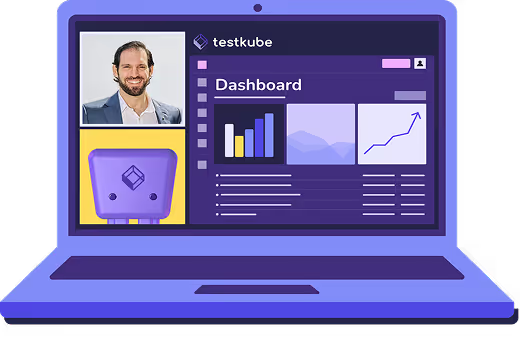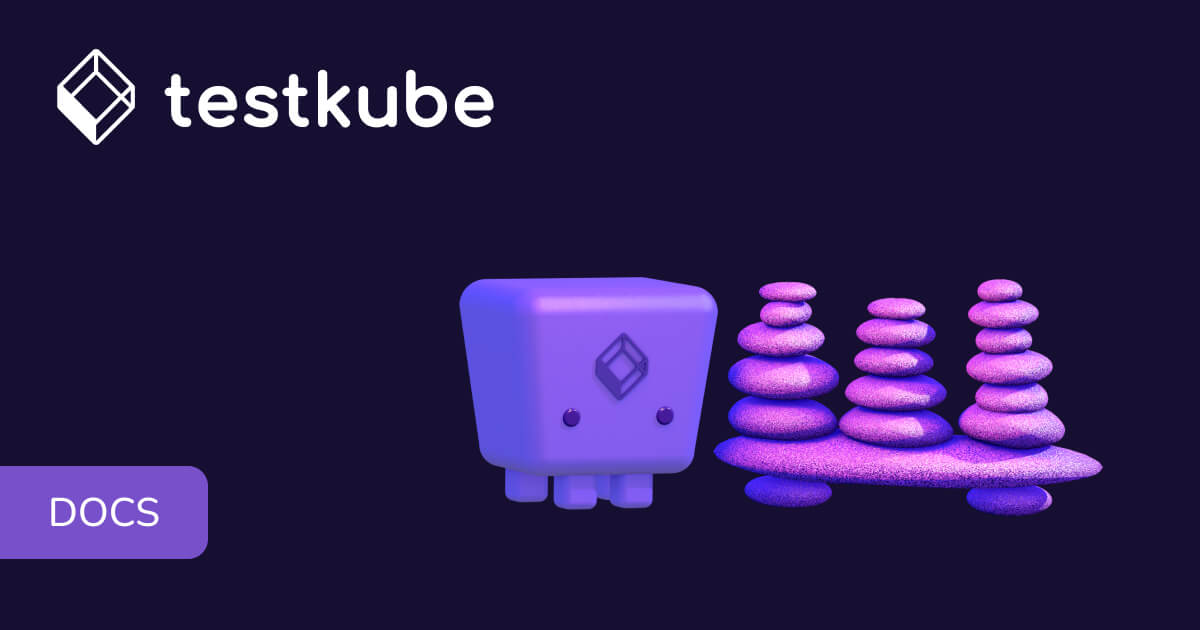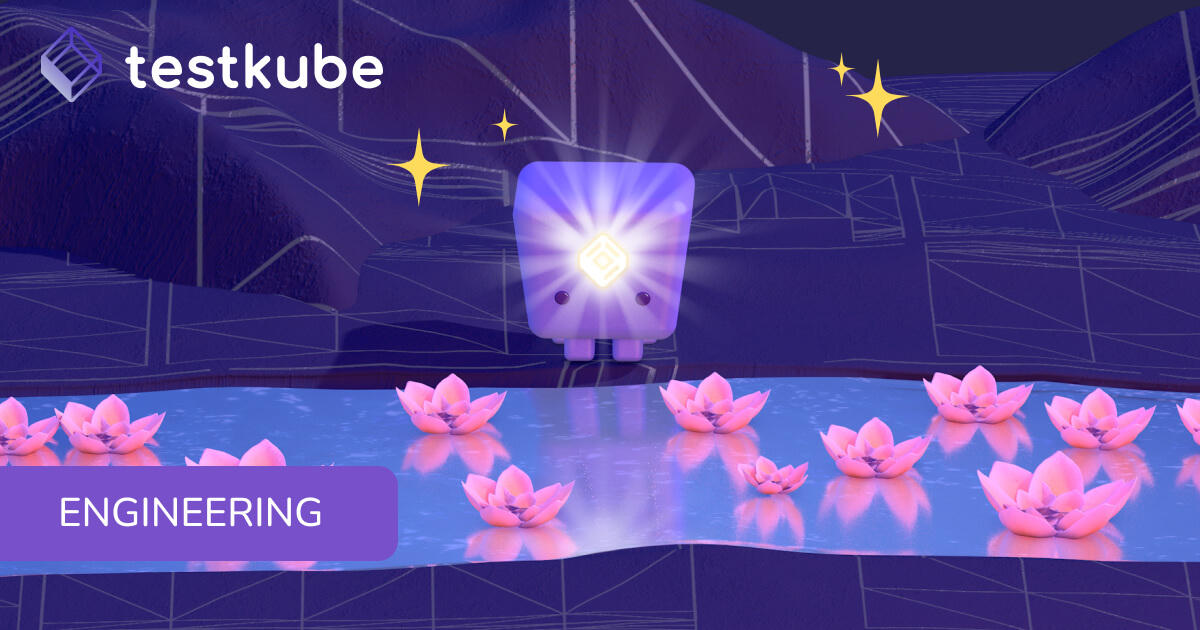Table of Contents
What Does AI-Enhanced Development Mean?
AI-enhanced development is the practice of using artificial intelligence (including code generation models, AI pair programmers, and intelligent automation tools) to accelerate every phase of software creation.
This approach transforms how developers work by enabling teams to:
- Generate production code in seconds instead of hours
- Automate repetitive tasks like boilerplate creation, refactoring, and documentation
- Increase pull request frequency from dozens to hundreds per week
- Accelerate feature delivery without proportionally scaling headcount
However, this acceleration creates a critical mismatch: AI speeds up development, but traditional testing infrastructure can't keep pace. Teams find themselves trapped between faster code generation and slower quality validation, leading to release bottlenecks, infrastructure strain, and declining confidence in production deployments.
The fundamental challenge isn't whether to adopt AI-enhanced development. It's how to ensure your testing infrastructure can match the velocity AI creates.
Why It Matters
AI-enhanced development fundamentally reshapes the software delivery lifecycle, creating both opportunities and risks:
The Velocity Advantage
- Teams using AI coding assistants see 5-10x more pull requests within quarters
- Feature development cycles compress from weeks to days
- Developer productivity increases by 40-60% for repetitive tasks
- Time-to-market accelerates for competitive features
The Testing Crisis
Without matching testing infrastructure, this velocity creates dangerous bottlenecks:
- CI/CD queue times balloon from minutes to hours as test suites can't process the volume
- Test coverage gaps widen when automation can't keep up with code generation speed
- Infrastructure costs spike as teams add more CI/CD runners without addressing root scalability issues
- Release confidence erodes when testing becomes the constraint rather than an enabler
- Technical debt accumulates as teams skip tests to maintain velocity
The Business Impact
Organizations face a critical choice: either build testing infrastructure that scales with AI-driven velocity, or watch quality gates become release blockers. Teams that solve this challenge gain competitive advantage through faster, confident delivery. Those that don't find themselves with faster development but slower releases, negating AI's benefit entirely.
Real-World Example
Consider a typical SaaS platform team that adopts AI coding assistants like GitHub Copilot. Here's what commonly happens:
What Changes:
- Pull requests can increase from 50/week to 450/week (9x growth)
- Feature delivery often accelerates by 3x or more
- Developer satisfaction typically improves as repetitive tasks are automated
What Often Breaks:
- Jenkins-based CI/CD queue times can grow from 12 minutes to 2+ hours
- Test flakiness may increase 60% or more due to resource contention
- Infrastructure costs can quadruple from adding more runners
- Despite faster coding, release frequency often declines due to testing bottlenecks
- QA teams may spend 70% of time investigating false failures instead of finding real bugs
A Common Solution Path:
Teams that migrate to Kubernetes-native testing platforms like Testkube typically see:
- Queue times drop to <15 minutes through parallel execution in Kubernetes
- Test execution scales horizontally without manual infrastructure management
- Infrastructure costs reduce by 50% by eliminating external CI/CD agents
- Release frequency doubles as testing matches development velocity
- Test coverage increases to 95%+ with confidence to test everything AI generates
The pattern is clear: AI-enhanced development can deliver its promise of faster features with maintained quality when testing infrastructure evolves to match code velocity.
How Testkube Solves AI-Enhanced Development Challenges
When AI accelerates your development velocity 5-10x, Testkube ensures testing infrastructure scales to match without bottlenecks, without cost explosions, and without compromising quality.
Challenge: 10x More Pull Requests Overwhelm CI/CD
- Traditional Problem: Your Jenkins, CircleCI, or GitHub Actions pipelines queue for hours as test volume exceeds capacity.
- Testkube Solution: Tests run directly inside your Kubernetes clusters with horizontal scaling. Need 100 parallel test executions? Kubernetes orchestrates them automatically with no manual runner provisioning required.
Challenge: Mixed Testing Frameworks Create Tool Sprawl
- Traditional Problem: Playwright for E2E, Cypress for integration, k6 for performance, Postman for APIs. Each needs separate infrastructure and management.
- Testkube Solution: One platform runs any testing tool or framework (Playwright, Cypress, k6, JMeter, Postman, Selenium, custom scripts) all orchestrated through Kubernetes with unified reporting.
Challenge: Long Feedback Loops Slow Releases
- Traditional Problem: Tests run on external CI/CD agents, creating network latency, security concerns, and dependency on third-party availability.
- Testkube Solution: Tests execute directly in your infrastructure in the same clusters where your applications run for instant feedback, enhanced security, and zero external dependencies.
Challenge: Limited Visibility Across Fast-Moving Changes
- Traditional Problem: Test results scattered across multiple tools, making it impossible to understand quality trends or identify systemic issues.
- Testkube Solution: Centralized dashboards surface every test, every commit, every environment with AI-powered insights that identify patterns in failures before they reach production.
Challenge: Infrastructure Costs Spiral
- Traditional Problem: Adding more CI/CD runners creates linear cost increases without solving the underlying scalability problem.
- Testkube Solution: Kubernetes-native architecture uses your existing cluster capacity efficiently, auto-scaling tests based on load and automatically cleaning up resources when complete.
Explore Testkube: Continuous Testing Features | Platform Documentation | Get a Demo





